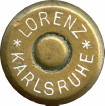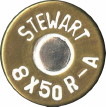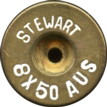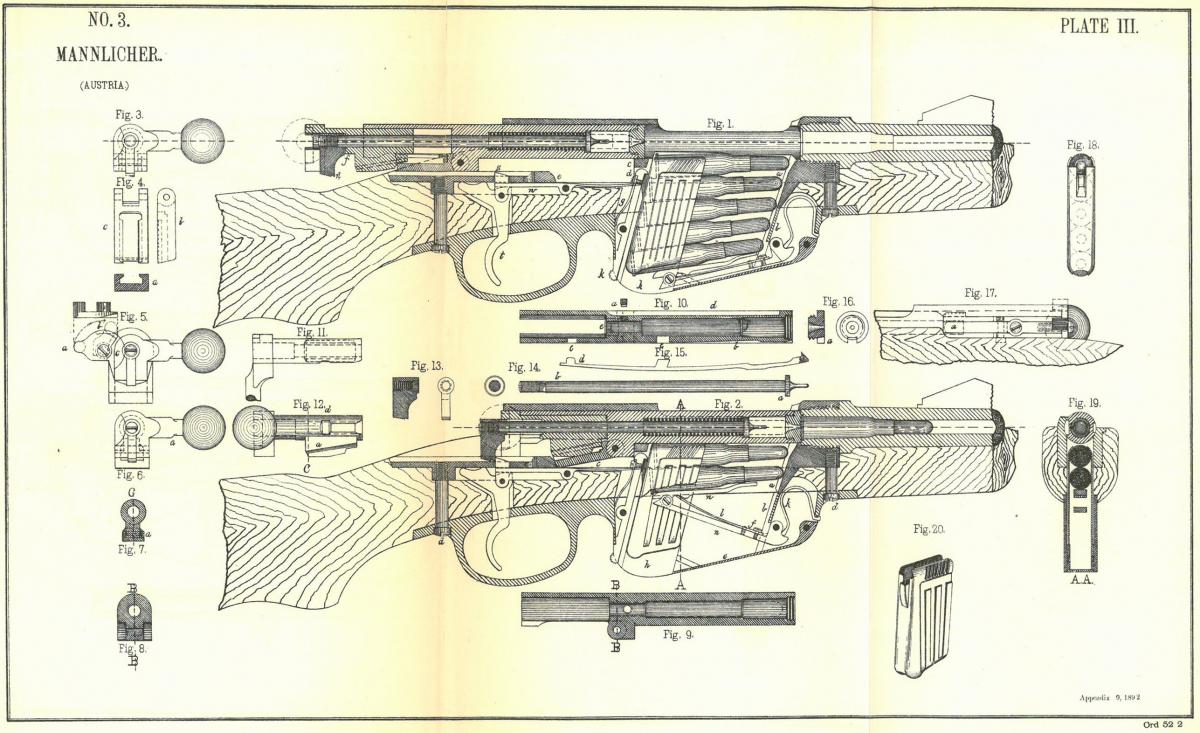This is also a relatively large project, new specimens will be added soon –
During the late 1870’s and into the 1880’s there were giant technological strides made in the development of small arms ammunition. It was without a doubt that one of the front-runners in this race was the firm of Mauser with their M.71 design. The Austro-Hungarian Empire at that stage was using the 11mm Werndl M77 single shot rifle and by the end of the 1870’s a commission was formed to develop a magazine rifle. Various options were evaluated but the rifle that was adopted was the Mannlicher Model 1885 designed by Austrian designer Ferdinand Ritter von Mannlicher. The rifle was revolutionary in one aspect in that it featured a straight-pull bolt and featured a magazine that was loaded via a clip from the open bolt. No sooner was the improved M1886 rifle accepted when it was realized that the obsolete 11mm Werndl was the wrong choice as tests already showed that the 8mm bullet showed more potential after the development of smokeless propellant in 1884 by French chemist Paul Marie Eugène Vieille. Trials began anew in 1888 with most of the M1886 rifles re-barrelled to the black powder 8 X 52R (8mm M.88 scharfe Patrone) as the Model 1886/88. This was again changed in 1890 with the introduction of the semi-smokeless 8 X 52R M90 (8mm M.90 scharfe Patrone) and the rifle adopted was the M1888/90.

With the continued developments in firearm design it was clear that the pressures generated by the newer high velocity ammunition, the M1888/90 straight pull action with its weak bar-locks had to be improved and in 1895 the improved infantry rifle was adopted for the smokeless 8 X 50R Mannlicher M95 which was the principal Austro-Hungarian military rifle during WW1.
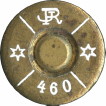
 Jiri Roth, Bratislava
Jiri Roth, Bratislava
